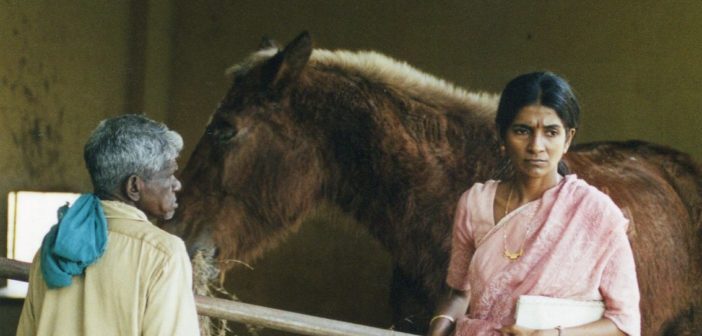Thursday, March 8th was International Women’s Day, with communications abuzz recognising women’s equality with men, and noting the contributions of women leaders in many fields. In the animal protection movement, women are certainly more visible than in other fields – roughly 7 out of 10 people who read this editorial will be women. The full impact and the gender politics of a movement where women are in the majority need to be examined in greater detail.
Unfortunately, women’s predominance doesn’t necessarily apply to animal protection leadership. Worldwide, women in leadership positions in NGOs continue to be a minority according to some studies. So it’s clear that while there is collective recognition of women’s rights, its complete absorption into the social fabric still has a long way to go.
In the long walk towards gender equality, it is short-sighted to assume that only a particular group or section of society is deserving of our attention. It is not hard to identify similarities between women’s rights issues and animal rights issues. Most significantly, objectification of bodies plays a huge role in both. Women are treated as mere figures to be used in fashion, advertising, and other media, and animals are used for their bodies in food, clothing, and much more.
Even language is weighted against equality. Statements such as ‘Even animals are treated better than women’, or ‘Even a dog has more respect than that person’ are no different from words like, ‘Don’t say that, it makes you sound like a girl’, or ‘This behaviour isn’t ladylike’. Common references to animals as things, and women as the ‘weaker sex’, reinforce the objectification and oppression of both.
The cultural roots of patriarchy are deeply ingrained in our life, and even the most liberated women can fall prey to patriarchal thinking. We’ve all been socialized that way.
FIAPO believes that the end of sexist objectification, and recognition of equality and the intrinsic value of women, logically extends to animals too. The intersectionality between these two movements demands that we find opportunities to synergise, so we build non-violent solutions that include all. In that context, with the recent celebration of International Women’s Day, we hope that next year anyone who stands up against gender inequality will also stand for animal rights. And today, we proudly stand for women’s rights too.
Human freedom, animal rights. One struggle, one fight.
Varda Mehrotra,
Director,
Federation of Indian Animal Protection Organisations (FIAPO)
Featured image: Shiranee Pereira of People for Animals (right) inspects ill treatment of horses and mules at the King Institute, a snakebite antivenin production facility, at Guindy, Chennai, India in December 2000. Image courtesy Kim Bartlett / Animal People, Inc.





